What do you do to use ADB on your Windows PC? Normally, we navigate to the folder that contains the ADB and Fastboot files and launch the command window with its path. Once you set up system-wide ADB on your Windows PC, you won’t need to navigate to the ‘platform-tools’ folder to launch a command window with a path and execute commands on your Android device. The good thing is you can do this without installing any 3rd-party software.
Google provides the latest Android Platform-tools for Windows, macOS, and Linux as a zip that contains all required ADB and Fastboot drivers. Below, I will share a simple tip to help you set up system-wide ADB and Fastboot.
Setting up System-wide ADB on Windows
All you need to set up universal ADB and Fastboot on your Windows 10 computer is the Android SDK Platform-tools and 2-3 minutes. Let’s see how we can do it.
- Download the latest SDK Platform-tools.zip for Windows. If you have downloaded it already, you can skip this step.
- Extract the downloaded Zip and save it in a safe place. In my case, I have kept it on the root of the C drive on my PC.
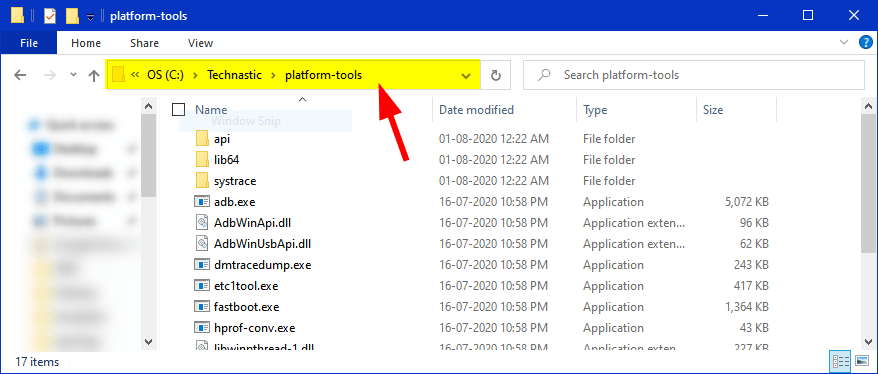
- Open the Control Panel on your Windows PC. If you don’t find it, click the Search icon on the taskbar and type “control panel”.
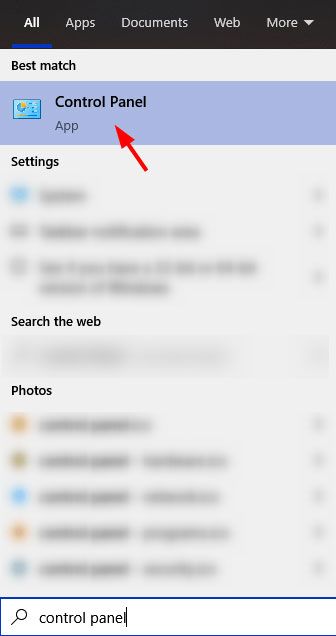
- In the Control Panel window, click System and Security > System.

- On the next screen select Advanced system settings. If you are a Windows 11 user, you might not find Advanced system settings under System and Security. To access these settings, you can use Windows search and type “advanced system settings“.
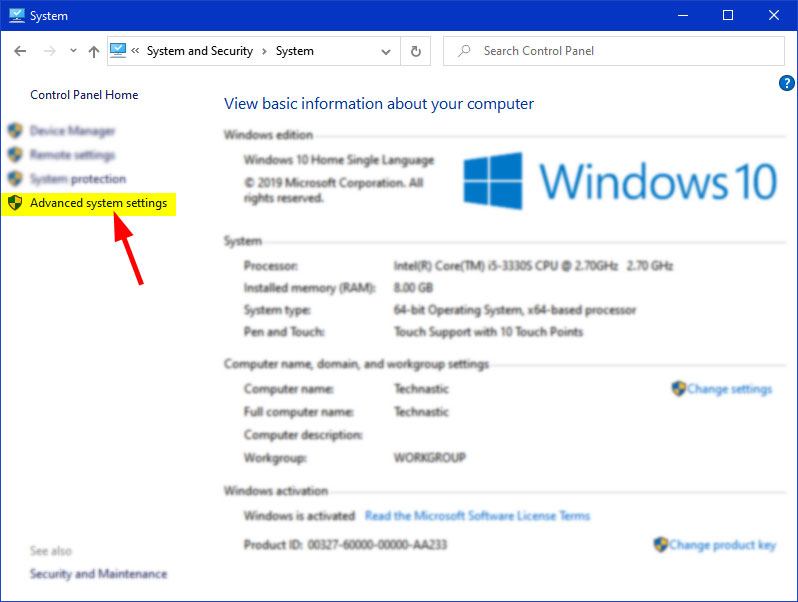
- Doing so will open the System Properties window. Click the Environment Variables button.

- Now, click any item under the System variables pane and then select New.
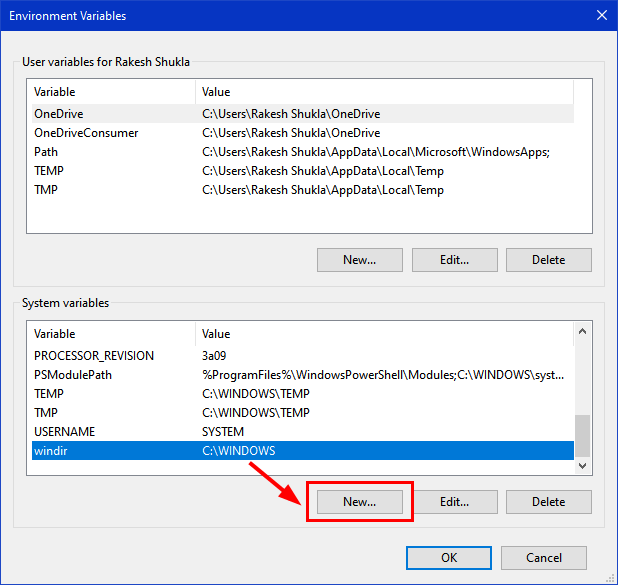
- Another pop-up with 2 input fields will appear.
- Type “Path” in the Variable name field and click the Browse Directory button. If you already have a path, type “adb”. Navigate to the “platform-tools” folder and select it. Alternatively, you can type or paste the folder path in the Variable value input area.

- Anyway, click the OK button to save the newly created system variable.
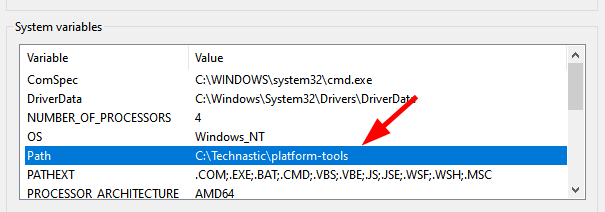
- Now, close all windows. You have successfully set up system-wide ADB and Fastboot on your Windows 10 PC.
That’s it! It’s time to test if system-wide ADB and Fastboot work properly on your PC.
15 Seconds ADB Installer
If you think the method to set up global ADB and Fastboot on your Windows 10 is too complicated, you can use a tool called 15 Seconds ADB Installer. Please note that 15 Seconds ADB Installer is a very old tool released in 2013 and has not seen any update after 2016. Its latest version of the tool is 1.4.3.
15 Seconds ADB Installer 1.4.3 will set up the system-wide ADB and Fastboot on your PC but the drivers won’t be the latest version from Google and might cause compatibility issues with new Android devices.
Let’s see how you can set up system-wide ADB and Fastboot on your computer in less than 15 seconds.
- Download minimal-adb-setup-1.4.3.exe (9.4MB) on your Windows PC.
- Right-click on the downloaded ‘.Exe’ file and grant permission to run the program.
- When 15 Seconds ADB Installer is launched, type ‘Y‘ and hit the Enter key.
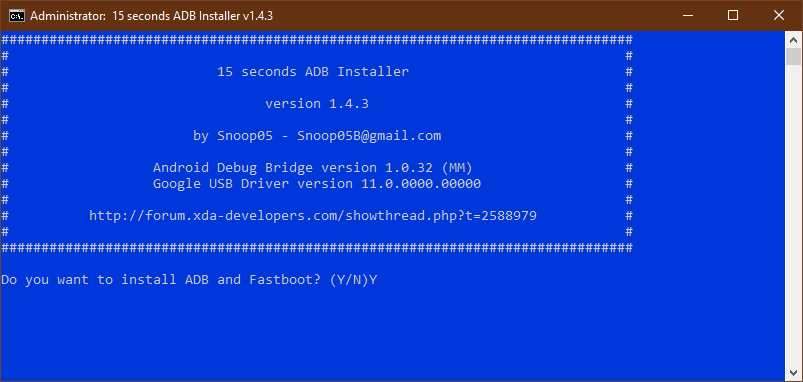
- The program will then ask: “Install ADB system-wide?“
- Just type ‘Y‘ again and press Enter to initiate the installation.
That’s it! You have successfully installed ADB and Fastboot on your Windows PC.
Testing System-wide ADB
- Launch a Command Prompt or open a PowerShell window on your desktop or any other screen. To do so perform a right-click on the mouse while holding the Shift key and choose the Open PowerShell window here option from the right-click Context Menu. You can also use the Windows search feature to access the Command Prompt.
- Now, connect your Android device to your PC. Don’t forget to enable USB debugging on your device otherwise, the ADB daemon won’t recognize or detect your phone.
- One more thing, as soon as you issue the ADB command, your Android device will prompt you to authorize ADB. Keep an eye on your phone’s screen and select Allow when asked.

- Type the following ADB command in the command window and press Enter. Allow USB debugging if prompted.
adb devices
- You’ll get a string of alphanumeric values representing the ID of the connected Android device as shown below.

If you get the ‘ADB is not recognized error‘, you haven’t properly set up system-wide ADB and Fastboot on your Windows PC.
You might have made a mistake while following the steps to create the ADB directory path as a system variable. To fix the issue, follow this tutorial more carefully. If you still get the same error, let me know via comments.
Read Next: How to Change Android Device Name using ADB
